The refurbishment and extension provides additional seating for the growing school and futureproofs the building as a central place of worship
Purcell’s extension of Radley College’s Grade II listed Chapel embraces 21st century technology alongside traditional craftsmanship.
Founded in 1847, Radley College is an independent boarding school for boys aged 13-18. As the only place where the school congregates as a whole, the Chapel is intensely used and daily services are a fundamental part of student life.
With the Chapel already at maximum capacity, previously seating 600, the school’s plans for growth meant an extension was urgently needed.
The completed extension increases the seating capacity by 30%, sensitively reordering and restoring its artefacts and future-proofing this place of worship that underpins the ethos of the school.
The extension is a conscious continuation of Thomas Graham Jackson’s original building, whilst also having its own contemporary character and presence. A series of localised extensions respect the integrity of the existing chapel form, retaining the clerestory and stained-glass windows.
The primary intervention to the east end is an extension with an oak room design and glazed lantern, providing space for the sanctuary. The new sanctuary has an octagonal plan form, approached through a series of stone and rubbed-brick arches from the nave.
A sequence of apses on the north and south elevations achieves three additional rows of seats, delivering a maximum capacity of 807 seats.
The interventions respond to the Chapel’s architectural quality, style and building materials of brick with stone banding and detailing, which are characteristic of Jackson’s work at Radley. The extensions slot within the vertical buttresses so that the original building and details remain predominant.
With the Chapel already at maximum capacity, previously seating 600, the school’s plans for growth meant an extension was urgently needed.
Resolving acoustic issues within the chapel was also a priority for the school, which led to the commission of a new organ, relocated in front of the west window.
Replacing a 1970’s organ positioned on the north elevation, the new organ has been built by Nicholson and Co from Malvern. It includes 2,660 pipes, the largest of which is over 20ft long and the smallest of which is the size of a pencil.
The approach to sustainability was carefully balanced against the impact on the heritage asset. At the core of the scheme was the need to provide the chapel with a sustainable future making it as energy efficient as possible.
Reuse of materials was paramount to establishing a high-quality interior, where continuity of the finish was key, alongside the preservation of historic fabric. Additionally, sourcing new materials was a crucial part of the decisions made to understand who was manufacturing them and how they would be transported to site.
Clay for the bricks was excavated and the bricks fired at Northcot Bricks in nearby Moreton-in-Marsh. Bricks displaced during demolition were retained and prepared for re-use. Cadeby limestone was quarried in Doncaster, with a journey of 150 miles to site.
Chapels tend to be large open volumes and difficult to heat and insulate. Floor insulation, installed during re-laying works, enabled 40% of the Chapel to be insulated. Plans are in place to supplement this in the future by insulating the roof during future conservation phases.
The existing building relied on hot air blown through floor vents, which in an uninsulated space with a high ceiling was highly inefficient. The new approach incorporates a system of running heat emitters under the pews, providing low levels of heat where it is needed.
Project details
Architect Purcell
Client Radley College
Structural engineer Campbell Reith
M&E consultant Hoare Lea
QS Ridge & Partners
Planning Edgars
Landscape consultant Colvin and Moggridge
Acoustic consultant Hoare Lea
Project manager Purcell
Principal designer Ridge & Partners
Approved building inspector NHBC
Main contractor EW Beard
Oak frame specialist Carpenter Oak
Heritage consultant Heritage Collective
Organ builder Nicholson & Co
Organ consultant Paul Hale










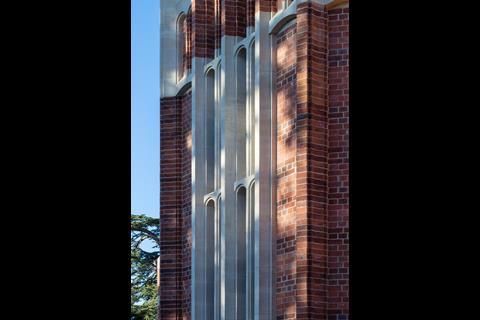
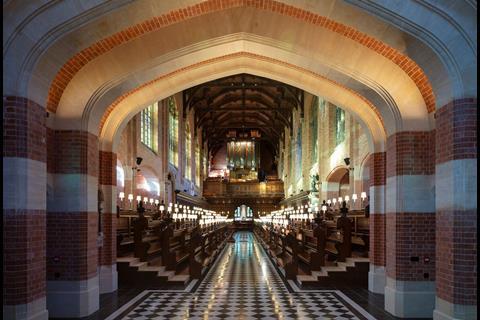
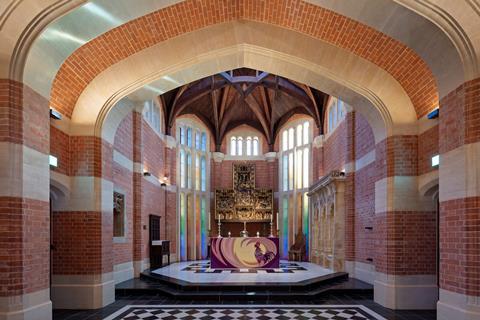
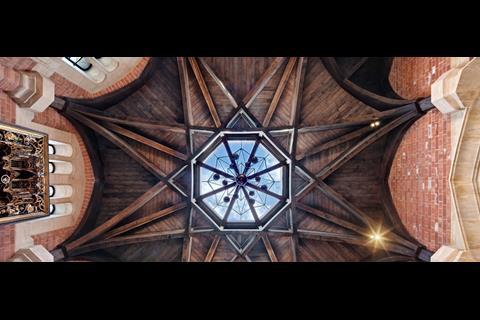
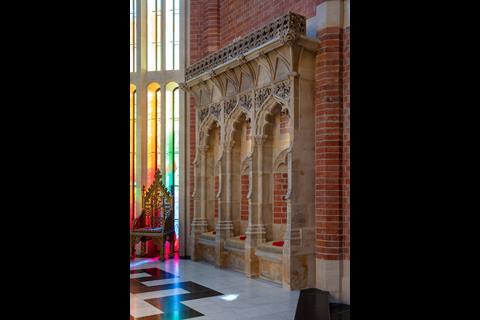

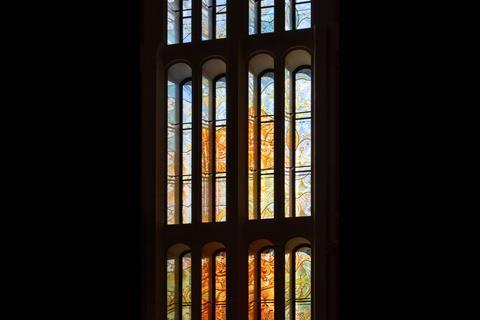
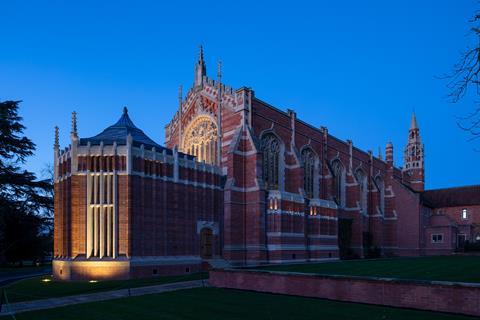







2 Readers' comments